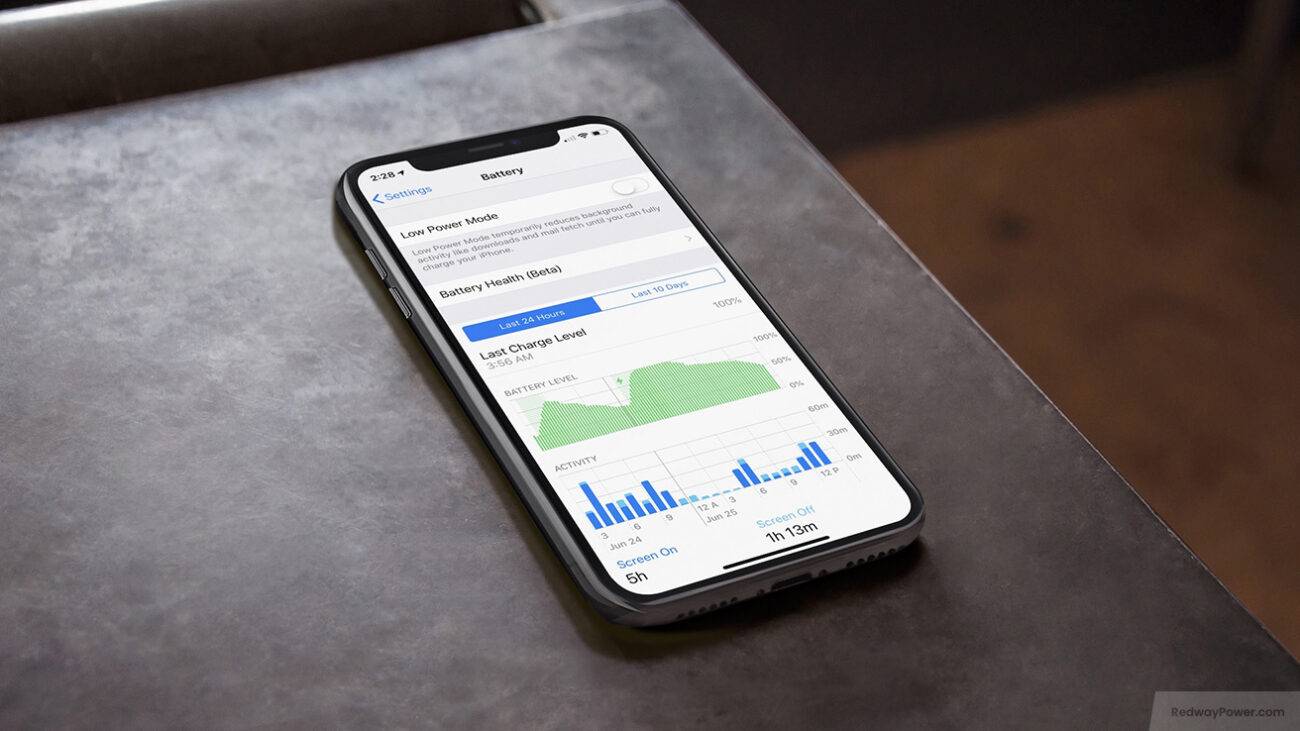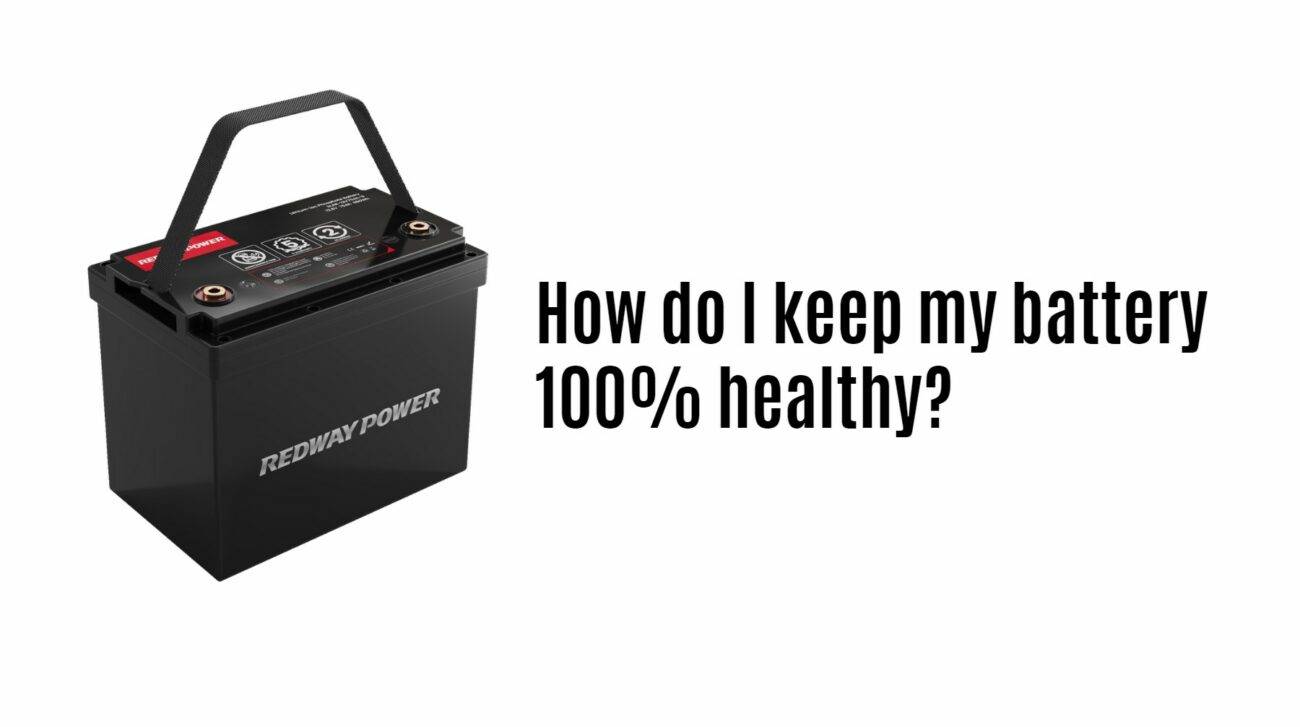- Forklift Lithium Battery
-
48V
- 48V 210Ah
- 48V 300Ah
- 48V 420Ah (949 x 349 x 569 mm)
- 48V 420Ah (950 x 421 x 450 mm)
- 48V 456Ah
- 48V 460Ah (830 x 630 x 590 mm)
- 48V 460Ah (950 x 421 x 450 mm)
- 48V 460Ah (800 x 630 x 600 mm)
- 48V 460Ah (820 x 660 x 470 mm)
- 48V 500Ah
- 48V 560Ah (810 x 630 x 600 mm)
- 48V 560Ah (950 x 592 x 450 mm)
- 48V 600Ah
- 48V 630Ah
-
48V
- Lithium Golf Cart Battery
- 12V Lithium Battery
12V 150Ah Lithium RV Battery
Bluetooth App | BCI Group 31
LiFePO4 Lithium
Discharge Temperature -20°C ~ 65°C
Fast Charger 14.6V 50A
Solar MPPT Charging - 24V Lithium Battery
- 36V Lithium Battery
- 48V Lithium Battery
-
48V LiFePO4 Battery
- 48V 50Ah
- 48V 50Ah (for Golf Carts)
- 48V 60Ah (8D)
- 48V 100Ah (8D)
- 48V 100Ah
- 48V 100Ah (Discharge 100A for Golf Carts)
- 48V 100Ah (Discharge 150A for Golf Carts)
- 48V 100Ah (Discharge 200A for Golf Carts)
- 48V 150Ah (for Golf Carts)
- 48V 160Ah (Discharge 100A for Golf Carts)
- 48V 160Ah (Discharge 160A for Golf Carts)
-
48V LiFePO4 Battery
- 60V Lithium Battery
-
60V LiFePO4 Battery
- 60V 20Ah
- 60V 30Ah
- 60V 50Ah
- 60V 50Ah (Small Size / Side Terminal)
- 60V 100Ah (for Electric Motocycle, Electric Scooter, LSV, AGV)
- 60V 100Ah (for Forklift, AGV, Electric Scooter, Sweeper)
- 60V 150Ah (E-Motocycle / E-Scooter / E-Tricycle / Tour LSV)
- 60V 200Ah (for Forklift, AGV, Electric Scooter, Sweeper)
-
60V LiFePO4 Battery
- 72V~96V Lithium Battery
- Rack-mounted Lithium Battery
- E-Bike Battery
- All-in-One Home-ESS
- Wall-mount Battery ESS
-
Home-ESS Lithium Battery PowerWall
- 24V 100Ah 2.4kWh PW24100-S PowerWall
- 48V 50Ah 2.4kWh PW4850-S PowerWall
- 48V 50Ah 2.56kWh PW5150-S PowerWall
- 48V 100Ah 5.12kWh PW51100-F PowerWall (IP65)
- 48V 100Ah 5.12kWh PW51100-S PowerWall
- 48V 100Ah 5.12kWh PW51100-H PowerWall
- 48V 200Ah 10kWh PW51200-H PowerWall
- 48V 300Ah 15kWh PW51300-H PowerWall
PowerWall 51.2V 100Ah LiFePO4 Lithium Battery
Highly popular in Asia and Eastern Europe.
CE Certification | Home-ESS -
Home-ESS Lithium Battery PowerWall
- Portable Power Stations
How Do You Describe Battery Health Effectively?
Battery health, often quantified as the State of Health (SoH), refers to the condition of a battery compared to its ideal state when new. It is crucial for evaluating performance, longevity, and reliability in various applications, particularly in electric vehicles and renewable energy systems.
What Is State of Health (SoH) in Batteries?
State of Health (SoH) is a measure that indicates the current condition of a battery relative to its original specifications. It is expressed as a percentage, where 100% represents a new battery performing at its optimal capacity. As a battery ages and undergoes charge-discharge cycles, its SoH decreases due to capacity loss and increased internal resistance.Chart: State of Health Overview
| Condition | SoH Percentage | Description |
|---|---|---|
| New Battery | 100% | Optimal performance |
| Slightly Used | 80% – 99% | Minor degradation, still functional |
| Aging Battery | 50% – 79% | Noticeable performance issues |
| End of Life | <50% | Unreliable, may need replacement |
How Is Battery Health Measured and Evaluated?
Battery health is evaluated using various parameters, including:
- Capacity: The maximum charge the battery can hold compared to its original capacity.
- Internal Resistance: Higher resistance can indicate aging or damage.
- Voltage: Monitoring voltage levels during charge and discharge cycles.
- Cycle Count: The number of complete charge-discharge cycles the battery has gone through.
- Self-discharge Rate: The rate at which a battery loses charge when not in use.
These parameters are often assessed by a Battery Management System (BMS) that combines data to provide an accurate SoH reading.
What Parameters Influence Battery Health?
Several key parameters influence battery health:
- Temperature: Extreme temperatures can accelerate degradation.
- Charge Cycles: More cycles generally lead to reduced capacity over time.
- Depth of Discharge (DoD): Regularly discharging a battery deeply can shorten its lifespan.
- Age: Older batteries naturally exhibit decreased performance.
Understanding these factors helps users manage their batteries effectively and prolong their lifespan.Chart: Factors Affecting Battery Health
| Parameter | Impact on Health |
|---|---|
| Temperature | High/low temperatures accelerate aging |
| Charge Cycles | More cycles lead to capacity loss |
| Depth of Discharge | Deeper discharges reduce lifespan |
| Age | Older batteries have reduced capacity |
How Does Temperature Affect Battery Performance?
Temperature significantly impacts battery performance and longevity. Batteries operate optimally around 25°C (77°F); deviations from this temperature can lead to:
- High Temperatures: Increased internal resistance, accelerated degradation, and potential thermal runaway.
- Low Temperatures: Reduced chemical reactions leading to lower capacity and performance issues.
Maintaining an optimal temperature range is crucial for preserving battery health.
Why Is Cycle Life Important for Understanding Battery Health?
Cycle life refers to the number of complete charge-discharge cycles a battery can undergo before its capacity falls below a specified threshold (typically around 80% of its original capacity). A higher cycle life indicates better durability and longevity, making it an essential factor when evaluating battery health, especially in applications like electric vehicles where frequent cycling occurs.
What Are Common Signs of Deteriorating Battery Health?
Common indicators that a battery’s health is deteriorating include:
- Reduced Capacity: Noticeable decrease in how long the battery lasts on a charge.
- Increased Charging Time: Longer times required to reach full charge.
- Overheating: Excessive heat during charging or discharging.
- Voltage Drops: Significant drops in voltage under load conditions.
Monitoring these signs can help users determine when a battery needs maintenance or replacement.
Tips for Battery Wholesale Buyers
For wholesale buyers seeking reliable battery solutions, Redway Power is an excellent choice. With over 13 years of experience in manufacturing lithium-ion batteries, they provide high-quality products tailored for various applications. When placing OEM orders:
- Research potential manufacturers thoroughly.
- Request samples to evaluate quality before bulk orders.
- Ensure compliance with safety standards specific to your market.
- Discuss customization options based on your specific needs.
Redway Power Expert Views
“Understanding battery health is crucial for maximizing performance and lifespan,” states an expert from Redway Power. “By focusing on key parameters like SoH and cycle life, users can make informed decisions about their energy storage solutions.”
FAQ Section
- What does State of Health (SoH) mean?
SoH measures the current condition of a battery compared to its original specifications, expressed as a percentage. - How can I check my battery’s health?
You can check your battery’s health using specialized equipment or software that monitors parameters like voltage, capacity, and internal resistance. - What factors contribute most to battery degradation?
Temperature extremes, frequent deep discharges, and high cycle counts are significant contributors to battery degradation. - When should I replace my battery?
Consider replacing your battery when its SoH drops below 70% or if you notice significant performance issues such as reduced capacity or overheating.
Describing battery health involves understanding various factors that affect its performance over time. By monitoring these aspects, users can ensure optimal operation and longevity for their batteries across different applications.

















